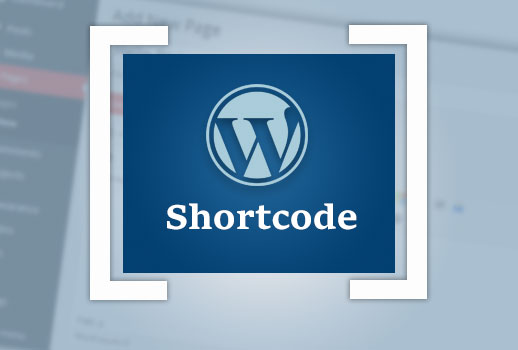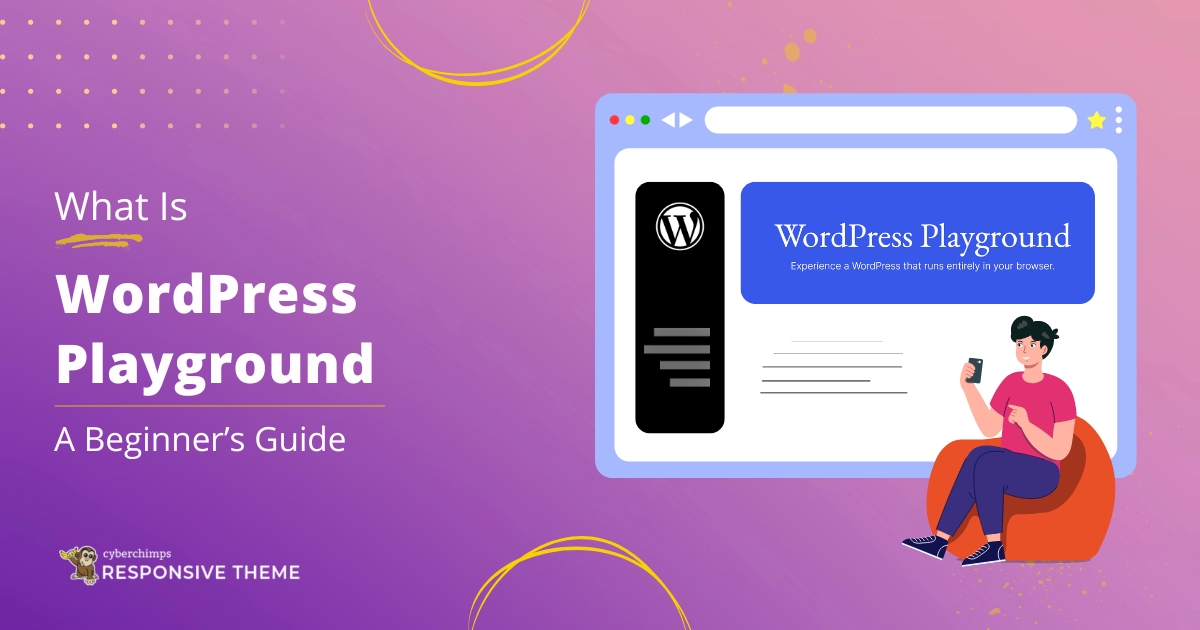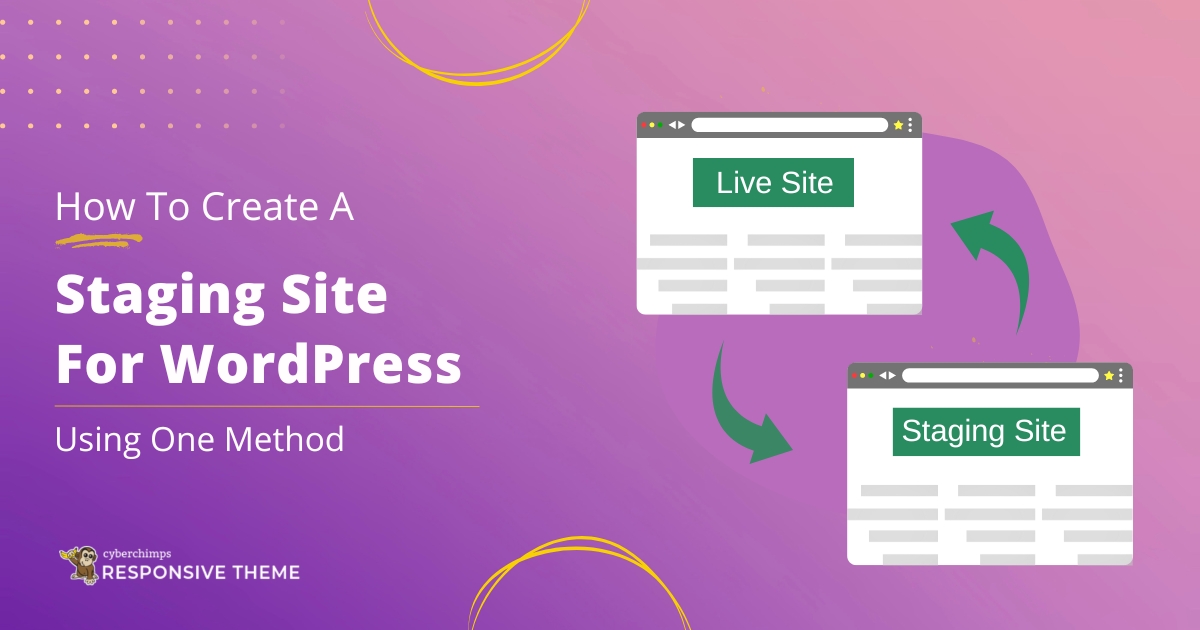If you’re a WordPress developer, you want to leverage every time-saving hack that the system avails. Shortcodes are one of those time-saving hacks that allow you to do more with less code.
In this post, we’re going to explore the benefits of using custom shortcodes in your WordPress projects.
In order to take full advantage of this nifty WordPress feature, you need to first get a good understanding of what shortcodes are and how you can create your own. So let’s get to the business.
What Is A Shortcode?
In WordPress, a shortcode is a condensed representation of a larger and often more complex piece of code. In other words, a shortcode allows you to insert a script within the content section of your post or page and WordPress will execute the script.
The format for a shortcode is [shortcode-name].
WordPress comes with some handy native shortcodes – such as [recent-posts posts=”5″] to show recent posts on your WordPress page/posts but as you quickly discover when building WordPress applications, custom shortcodes are what really give you the power and flexibility to give users more control of their WordPress site through highly specialized functionality.
Almost all WordPress developers use shortcodes to add functionality to a theme or plugin. Shortcodes can also be used to add media components into posts or pages. In some situations, developers use shortcodes to build page layouts.
Creating Custom Shortcodes
Creating a custom shortcode is pretty simple and entails about 5 steps:
The first step is code up the shortcode, which is basically writing the PHP function that will achieve the specific functionality you are looking to implement. While you could save your code in the functions.php file, it is strongly recommended that you keep your code for your custom shortcodes in a separate file within the wp-content folder.
Once you’ve saved your file, you need to direct WordPress to the location where the code is located. You need to include your file in your functions.php file using the following code:
include(WP_CONTENT_DIR . ‘/custom_shortcode.php’);
Right below the above line, add the call to the shortcode function to define it. This step tells WordPress that your function is actually a shortcode. Here is add_shortcode call:
add_shortcode( ‘shortcode_name’, ‘function_name’ );
All this is made possible by the WordPress Shortcode API.
Why Use Custom Shortcodes?
Now to the actual usefulness of shortcodes and why you should use them.
Shortcodes Improve Efficiency
There are two main ways that shortcodes improve efficiency: reusing elements within multiple pages and implementing a specific functional feature. Think of shortcodes like credit cards; you can perform multiple transactions without carrying loads of cash. Thus, not only do you cut out the inconvenience of moving around with cash but also speed up the rate of accomplishing tasks.
Shortcodes achieve the same benefits. You dot need to write a script every time you need to achieve some functionality within your posts or pages.
In addition to improving efficiency, shortcodes can enhance or extend some core functionality with ease.
Shortcodes Allow for Selective Custom Markup
By now you probably know that WordPress uses a series of template files to display different types of content depending on what the user is viewing. However, you may want some posts, pages, or small sections within your posts or pages to look ‘different’ from the general template style. Shortcodes make this easy to achieve. In fact, you can use shortcodes to create complete page layouts or structure-specific content anyway you want.
Shortcodes Allow Access to ‘Unreachable’ Content Areas
Another powerful advantage of custom shortcodes is the ability to gain access to content areas that are otherwise not easy to access.
For instance, you can use a shortcode to insert a text widget into your header or you could add custom content in your sidebar using the power and flexibility of shortcodes.
In essence, using shortcodes this way opens up a whole lot of possibilities in the way you manage your website and gives you finer control of the different components of the site.
Shortcodes Allow For Better And Unique Layouts
Because of its roots in blogging, websites built on WordPress generally followed a standard layout comprising prior to the introduction of shortcodes. Most layouts comprised a header, footer, a sidebar, and the main content area. Deviating from this standard wasn’t easy.
With the introduction of shortcodes, however, WordPress developers can now build any kind of layout.
Wrapping Up
There’s no doubt that without shortcodes, WordPress would not have all the flexibility it enjoys when it comes to enriching content, enhancing functionality and improving efficiency. While using shortcodes may have some downsides, they are far outweighed by the benefits of using them
So have you coded some custom shortcodes for your website? What’s your experience been like?





1 Comment on “Why You Should Start Using WordPress Custom Shortcodes- Explained”
which functions.php are you referring to? In which directory is it?